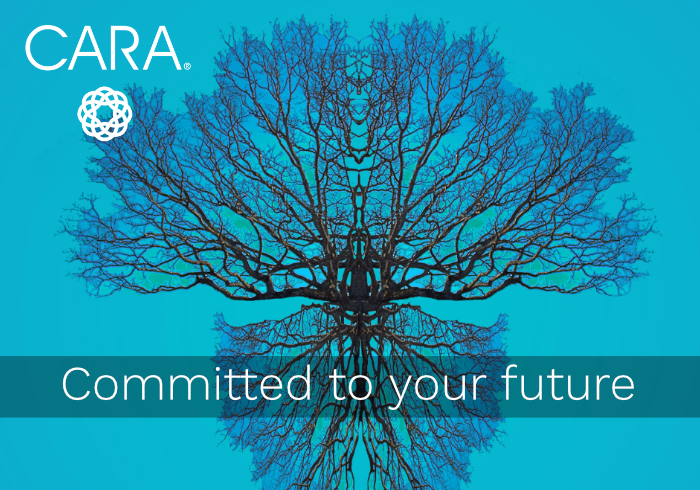
Inclusion may not be rocket science, but it is human science. And, in today’s environment, it is non-negotiable. Inclusion is imperative for leaders to drive up innovation and drive out…

Inclusion may not be rocket science, but it is human science. And, in today’s environment, it is non-negotiable. Inclusion is imperative for leaders to drive up innovation and drive out…


What is Workday? Workday is a cloud-based solution that brings people and financial data together into a one-stop shop. With one source for financial, people, and operational data, everyone can…

As a talent development professional, and self-declared talent trend geek, I have read countless books, white papers, articles, and research summaries on the art and science of leadership and employee…

I have been recruiting for over 20 years in the F500 Learning and Development industry, and I have seen a great deal. From rapid skill shifts, to elevated client demands,…

This blog will define SAP and highlight the technical and change management considerations from the perspective of a CARA consultant on a CARA engagement. Who is SAP? SAP SE is…

Picture this: Your organization has decided to build a ServiceNow platform to enhance your IT service desk capabilities to all end users. The platform would provide employees with multiple ways…

For many organizations, the coronavirus pandemic has exposed some serious vulnerabilities. Businesses not equipped with a digital strategy have become highly reactive and struggled to swiftly pivot and support their…

“The definition of insanity is doing the same thing over and over again and expecting different results.” – Albert Einstein Why, then, do so many organizations take the same approach…

Let’s face it, these are unprecedented times. And they require an unprecedented response from us all. We’ve been used to working within a global VUCA (volatile, uncertain, complex, ambiguous) business…